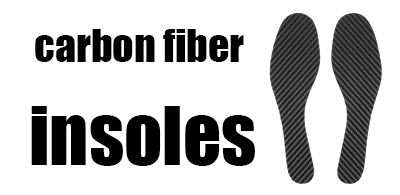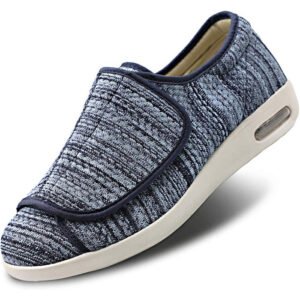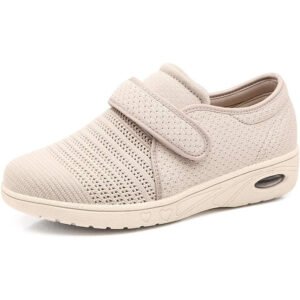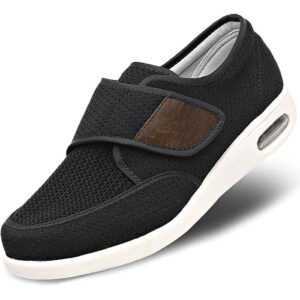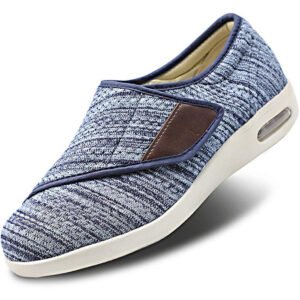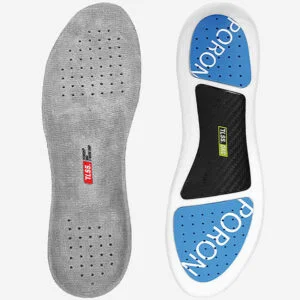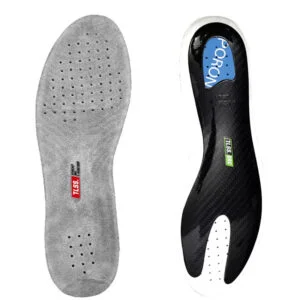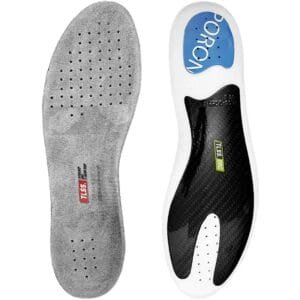Carbon plate running shoes have taken the running world by storm. Whether you’re a competitive marathoner or a weekend jogger, you’ve probably seen runners zooming past in shoes with stiff plates embedded in their midsoles. But with so many athletes adopting this new technology, a critical question arises: Is it bad to run in carbon plate shoes every day?
In this article, we’ll break down what carbon plate running shoes are, explore their benefits and drawbacks, and discuss whether or not they’re suitable for daily use. If you’re thinking about investing in a pair—or wondering if your current training routine should include them more often—read on to make an informed decision.
What Are Carbon Plate Running Shoes?
Carbon plate running shoes are performance footwear designed with a thin, rigid carbon fiber plate embedded in the midsole. This plate works in conjunction with responsive foam to deliver a propulsive feeling—like a springboard with each step. The result is improved running efficiency, energy return, and often, faster race times.
Popularized by elite runners breaking marathon records, these shoes are engineered for speed. Key brands like Nike (with the Vaporfly series), Adidas, Saucony, and others have made carbon plate models standard in modern racing.
How Do Carbon Plate Shoes Work?
The carbon fiber plate stabilizes the midsole and creates a lever effect, which propels runners forward. Combined with a soft, bouncy foam like ZoomX or PEBAX, this setup reduces the amount of energy lost during toe-off and helps delay fatigue.
In short, they:
Reduce energy loss
Improve stride economy
Enhance propulsion
Aid in maintaining higher speeds longer
But does that mean they should become your everyday trainer?
Benefits of Wearing Carbon Plate Running Shoes
1. Improved Running Economy
Numerous studies show that carbon plate shoes improve running efficiency by up to 4%. That means you can maintain your pace while using less energy.
2. Faster Race Times
These shoes are built for speed. Whether you’re running a 5K or a marathon, many athletes report personal bests when racing in carbon-plated shoes.
3. Reduced Muscle Fatigue
Because they absorb impact and return energy efficiently, your muscles don’t have to work as hard, potentially leading to less post-run soreness.
4. Mental Boost
The psychological edge is real. Knowing you’re wearing top-tier gear can boost confidence and motivation during races or workouts.
The Downsides of Daily Use
While the benefits are tempting, daily use of carbon plate running shoes comes with trade-offs. Here’s why many experts don’t recommend using them every day:
1. Reduced Foot Strength
If you constantly rely on the carbon plate for propulsion, your intrinsic foot muscles may weaken. Variety in footwear promotes stronger, more balanced feet.
2. Durability Concerns
Carbon plate shoes are not designed for mileage. Most models last 200–300 miles, far less than traditional trainers. Daily use will burn through your pair quickly, making them a costly habit.
3. Lack of Stability for Easy Runs
On recovery or slow runs, carbon shoes may feel awkward. The stiff plate can make you work harder when you’re trying to go easy.
When Should You Use Carbon Plate Shoes?
To get the most out of your investment without compromising your body, use carbon plate shoes selectively:
✅ Race days
✅ Speed workouts
✅ Tempo runs
🚫 Recovery runs
🚫 Long walks
🚫 Strength training days
Mixing them with a rotation of more cushioned or neutral trainers will balance the load on your feet and reduce the risk of overuse injuries.
Expert Opinions: What Do Coaches and Podiatrists Say?
Dr. Emily Splichal, a podiatrist and human movement specialist, notes,
“Carbon plate shoes are like performance-enhancing tools. You don’t lift weights in race spikes, and similarly, you shouldn’t log recovery miles in carbon plates.”
Running coach Steve Magness adds:
“They’re not magical. Use them wisely. Over-reliance is a shortcut to injury.”
The consensus? Treat carbon plate shoes as race-day weapons, not everyday armor.
Alternatives for Daily Training
If you’re looking for daily trainers that provide comfort, durability, and support without sacrificing too much energy return, consider the following:
Nike Pegasus – Balanced, everyday trainer
Saucony Ride or Triumph – Soft but responsive
Asics Gel Nimbus or Cumulus – Durable and forgiving
New Balance 880 or 1080 – Cushioned for longer runs
Hoka Clifton or Bondi – Maximum cushioning, zero plate
Also, consider carbon fiber insoles—like those available at CarbonFiberInsoles.shop. These give a mild energy boost and extra arch support without the stiffness or cost of full carbon shoes.
-
$129.90Original price was: $129.90.$99.90Current price is: $99.90. -
$129.90Original price was: $129.90.$99.90Current price is: $99.90.
Final Verdict: Is It Bad to Run in Carbon Plate Shoes Every Day?
While the technology is incredible and can offer measurable performance gains, carbon plate running shoes are best used strategically. Running in them every day may:
Weaken foot strength
Increase injury risk
Wear them out quickly
Reduce their performance impact on race day
🟢 Use them for:
Races
Track intervals
Tempo efforts
🔴 Avoid them for:
Daily jogging
Recovery runs
Gym sessions
Pro Tip: Rotate With Carbon Fiber Insoles
Want some of the benefits without the downsides? Carbon fiber insoles offer an affordable, versatile solution. You can insert them into your daily trainers to:
Improve arch support
Enhance stability
Reduce pressure on the forefoot
Slightly increase propulsion
Check out our selection of premium carbon fiber insoles here. Perfect for runners who want to stay strong and injury-free—without sacrificing comfort or form.
-
$159.00Original price was: $159.00.$93.99Current price is: $93.99. -
$139.00Original price was: $139.00.$89.99Current price is: $89.99.
Conclusion
Carbon plate running shoes are revolutionary, but they aren’t a cure-all. Used correctly, they can shave seconds—or even minutes—off your race times. But worn too often, they may do more harm than good.
Instead, use them as part of a smart training strategy: race fast, recover wisely, and keep your feet healthy with the right footwear rotation and support.
Ready to run smarter? Explore high-performance carbon fiber insoles and carbon plate running shoes at CarbonFiberInsoles.shop—engineered for runners, by runners.
TAGS:
Carbon fiber plate insoles,
Carbon plate running shoes.
